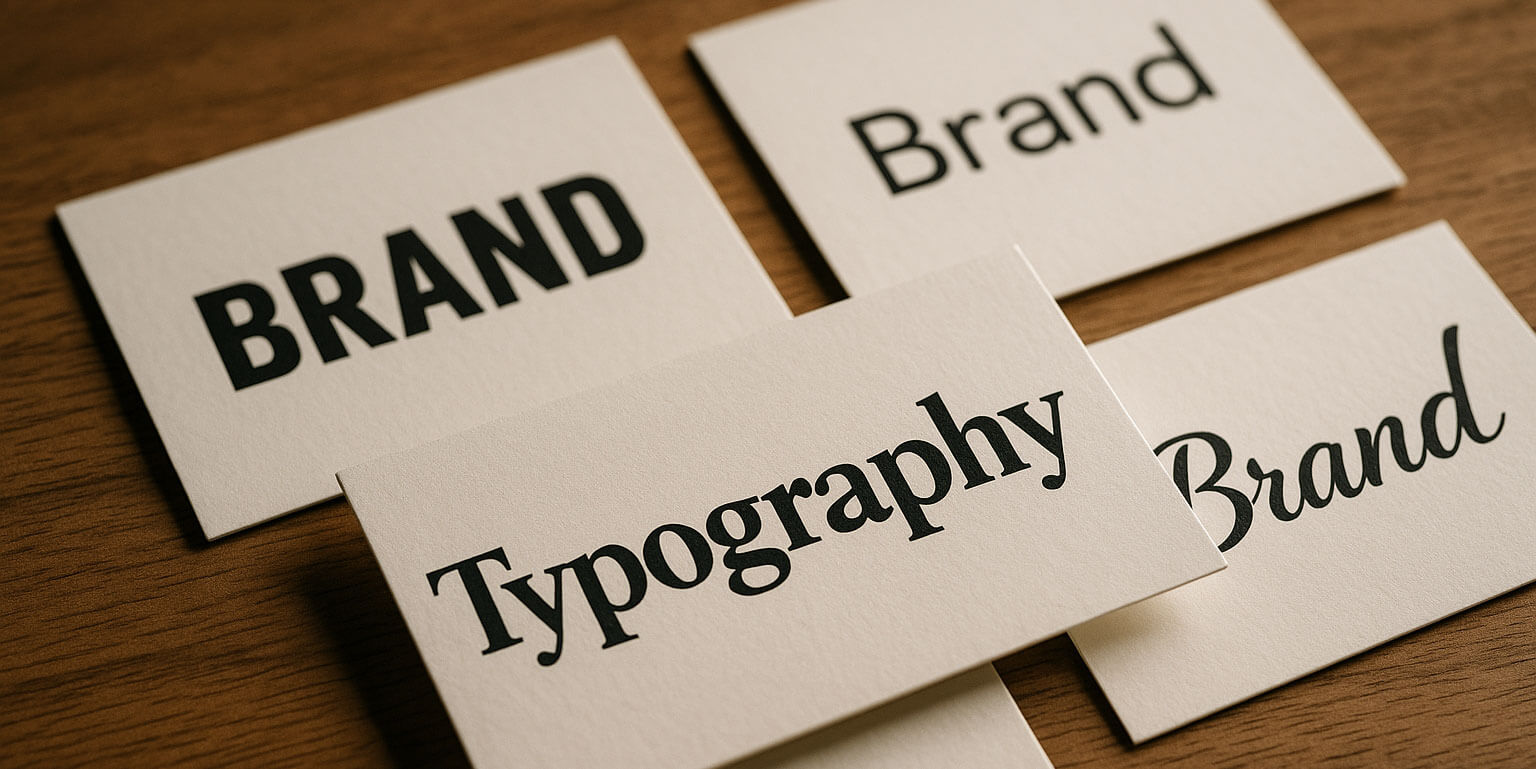| Riyadh, Saudi Arabia
How Typography Shapes Perceptions of Your Brand
When people think of branding, the first things that come to mind are usually logos, colors, and imagery. However, typography plays an equally important role in shaping how customers perceive a brand. The style of typeface, the size of text, and the spacing between letters may seem like minor details, but they have a profound impact on communication. Typography sets the tone of a brand, conveys professionalism, and influences emotional response. The Role of Typography in Branding Typography is essentially the visual language of words. Every brand communicates through text, whether it is in a website headline, product packaging, an advertisement, or a printed brochure. The typeface chosen for these communications speaks volumes about the brand’s identity. A modern sans-serif font conveys simplicity and innovation, while a serif font often suggests tradition, authority, and trustworthiness. Script fonts, on the other hand, may evoke creativity or elegance. The role of typography goes beyond aesthetics. It directly affects readability and user experience. If customers struggle to read the content on a website or in printed material, they may quickly disengage. Clear, well-chosen typography ensures that the brand message is both visually appealing and accessible. Typography and Brand Personality Every brand has a personality, and typography helps express it. For example, a technology startup that wants to project innovation and forward-thinking might choose sleek, minimalist fonts that reflect its modern values. A luxury fashion brand, by contrast, might select elegant serif or script fonts that communicate sophistication and exclusivity. Consistency in typography is also critical for reinforcing brand personality. If a brand uses different fonts across digital and offline platforms, it can create confusion and weaken its identity. A strong typographic system, applied consistently, ensures that the brand personality is recognizable at every touchpoint. Emotional Impact of Typography Typography has the power to evoke emotion. The same words can feel completely different depending on how they are styled. Large bold letters can create a sense of urgency, while thin light fonts can suggest delicacy or refinement. Rounded typefaces often feel friendlier, while sharp angular fonts can appear more assertive or authoritative. This emotional influence is especially important in marketing. When typography aligns with the intended message, it strengthens persuasion and drives action. For example, an eco-friendly brand might choose clean, organic-looking fonts to evoke harmony with nature, reinforcing its values and appealing to environmentally conscious customers. Typography in Digital Experiences In the digital era, typography plays a central role in online experiences. Websites, apps, and digital ads rely heavily on text to communicate information. Choosing the right typography ensures not only readability but also alignment with brand goals. Mobile optimization is especially important, as text must remain clear and attractive on smaller screens. Typography also contributes to accessibility. Brands that prioritize legible fonts, proper contrast, and adequate spacing show inclusivity and respect for diverse users. This not only enhances the customer experience but also strengthens brand reputation. Typography in Offline Touchpoints Offline materials such as business cards, brochures, signage, and packaging also rely heavily on typography. A brand’s offline presence should mirror its digital presence to maintain consistency. For example, if a brand uses a bold and modern typeface online, it should not revert to outdated or mismatched fonts in printed materials. Packaging provides an especially strong opportunity for typography to shape perceptions. Fonts used on labels or product boxes can influence whether a product is seen as premium, affordable, playful, or serious. This makes typography a critical element of the overall product experience. Building a Cohesive Typography System To maximize the impact of typography, businesses should establish a clear typographic system as part of their brand guidelines. This system typically includes a primary font, a secondary font for contrast, and defined rules for hierarchy, spacing, and sizing. Such guidelines ensure consistency across platforms and make it easier for marketing teams to maintain a unified look. Investing in typography is not simply about design; it is about strategy. Brands that treat typography as a core branding tool enjoy stronger recognition, clearer communication, and deeper emotional connections with customers.
